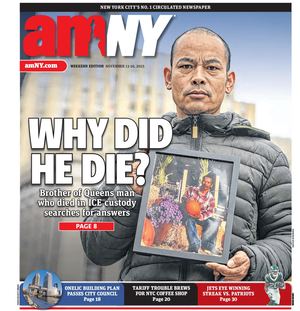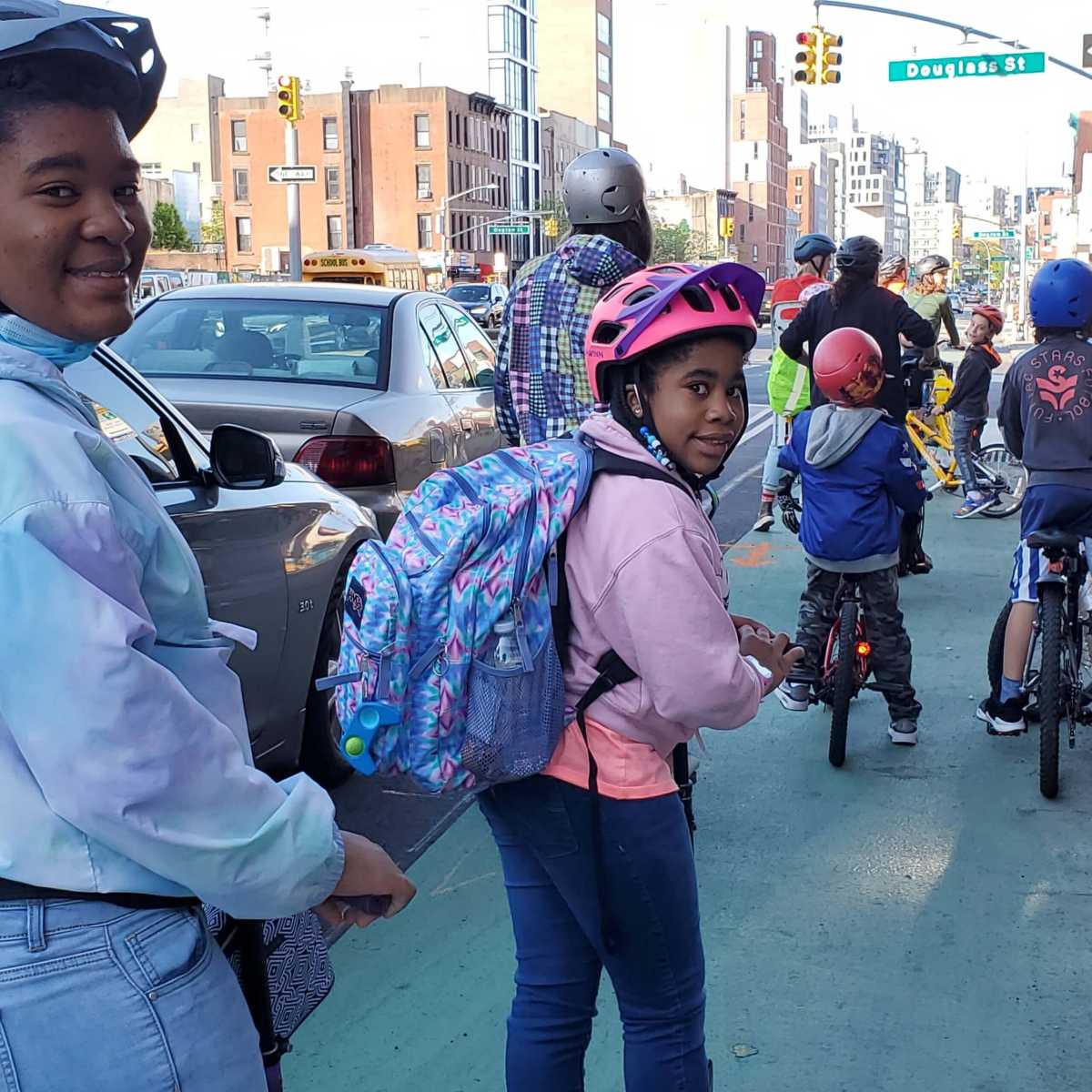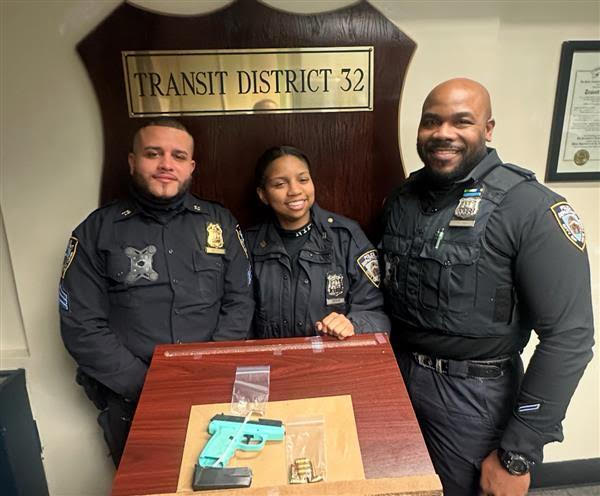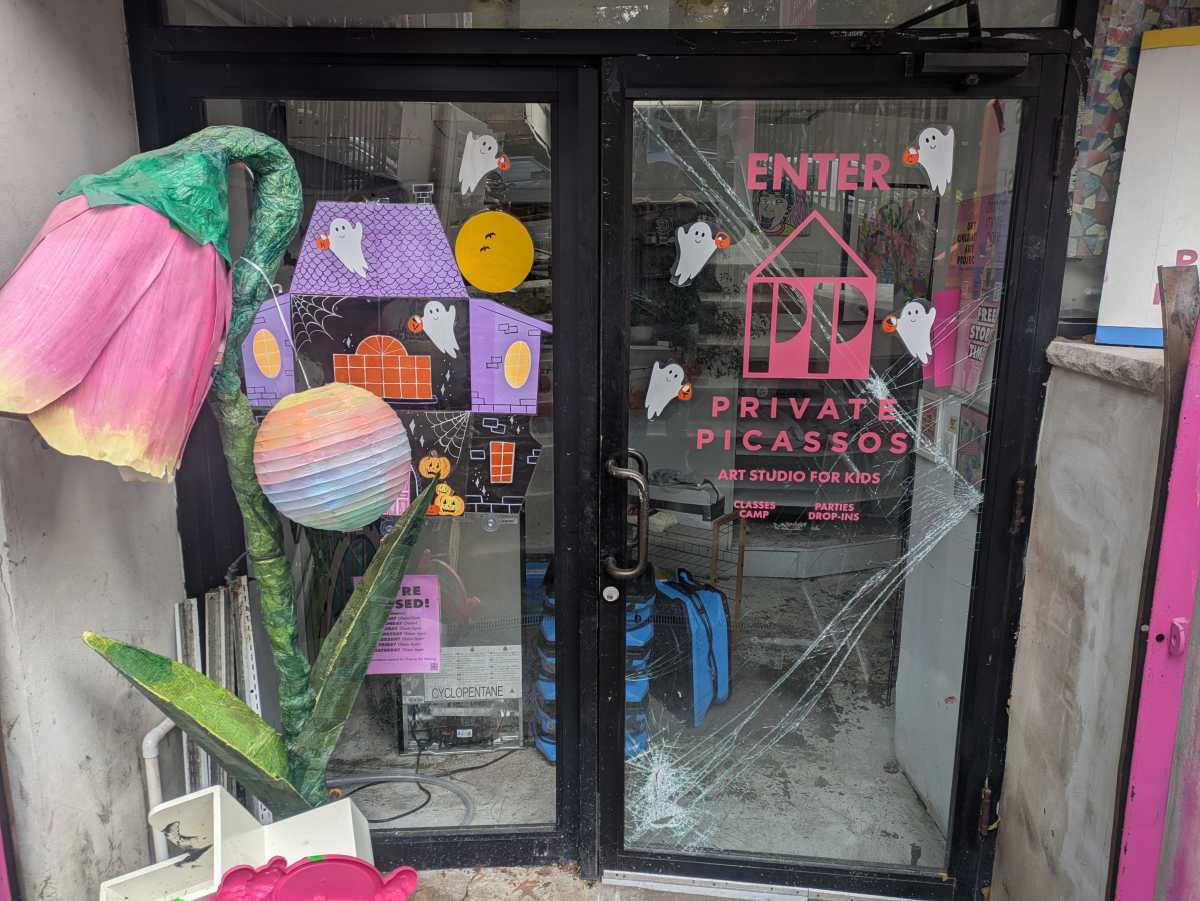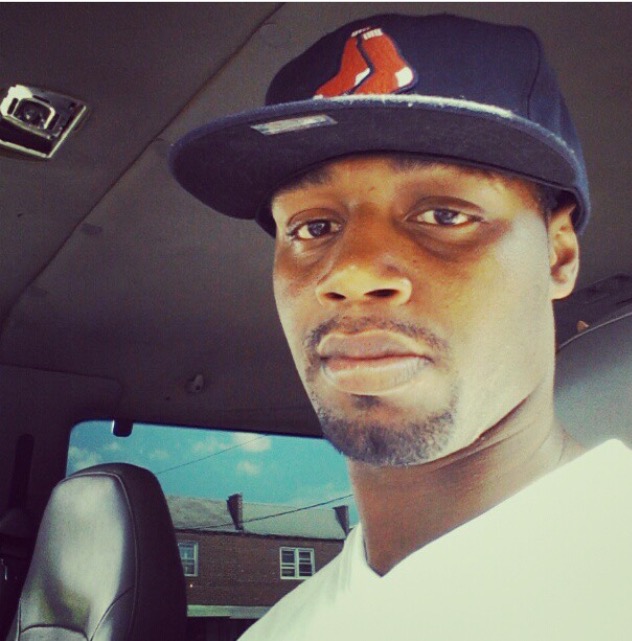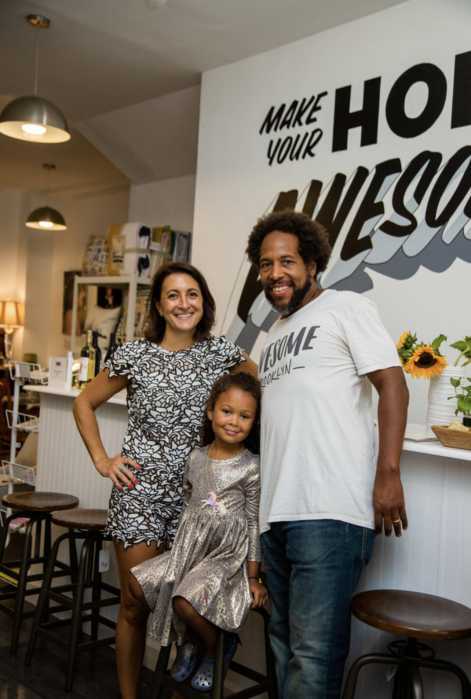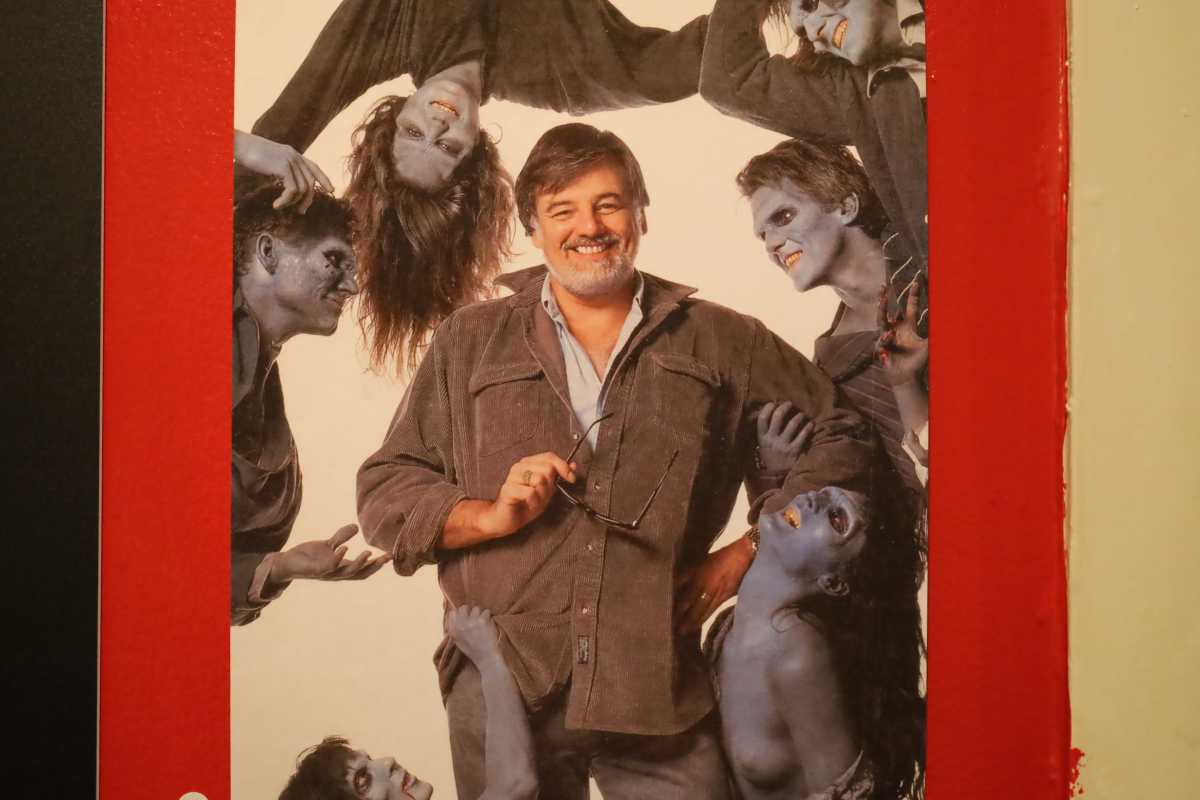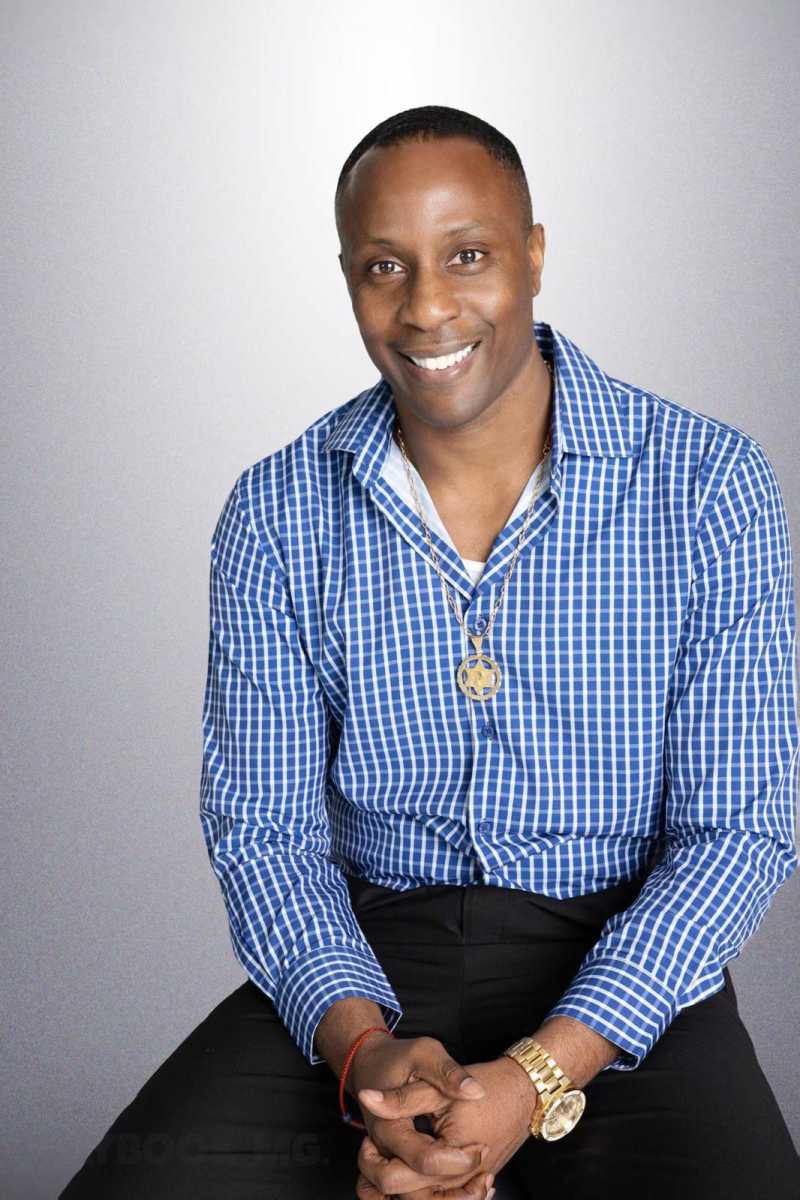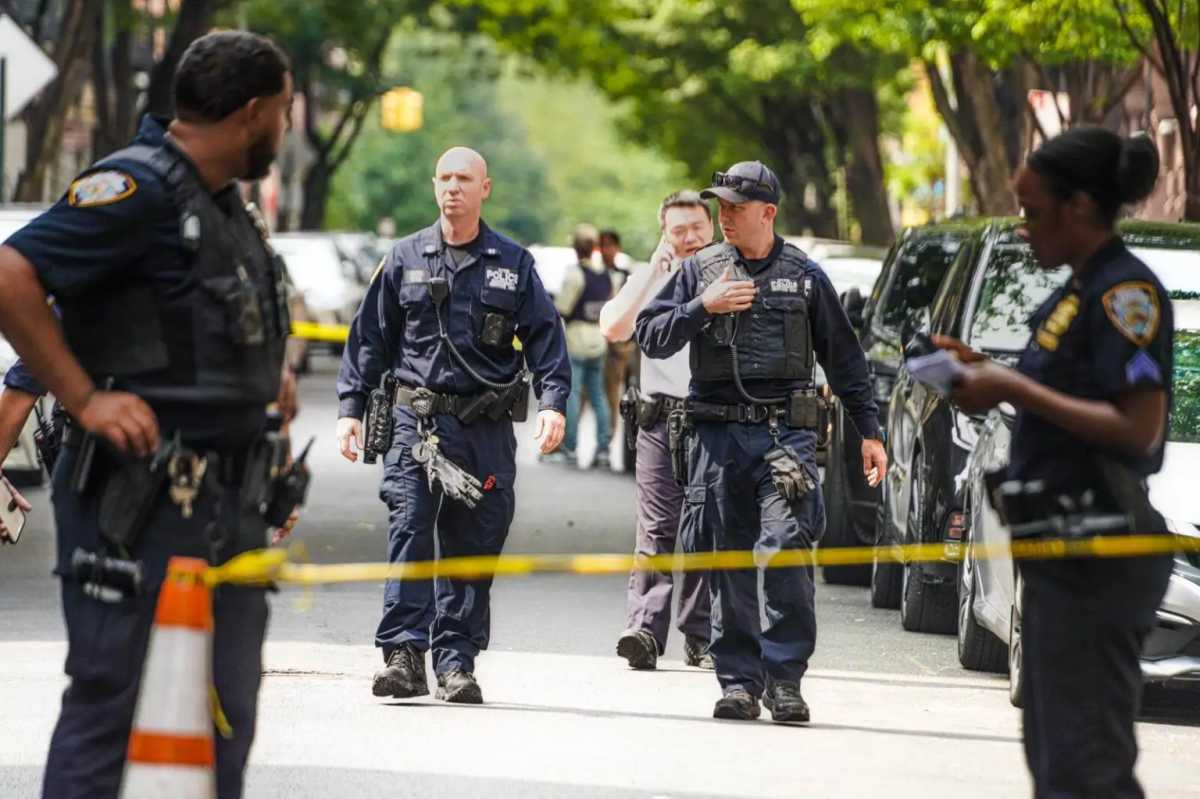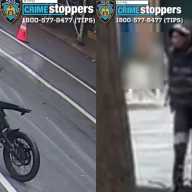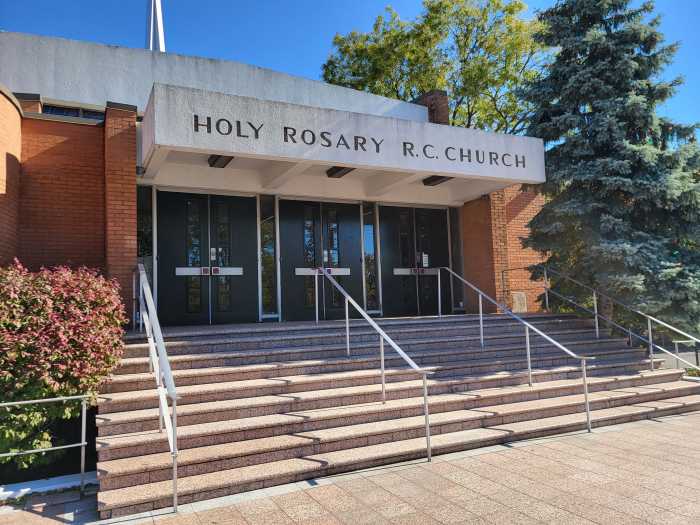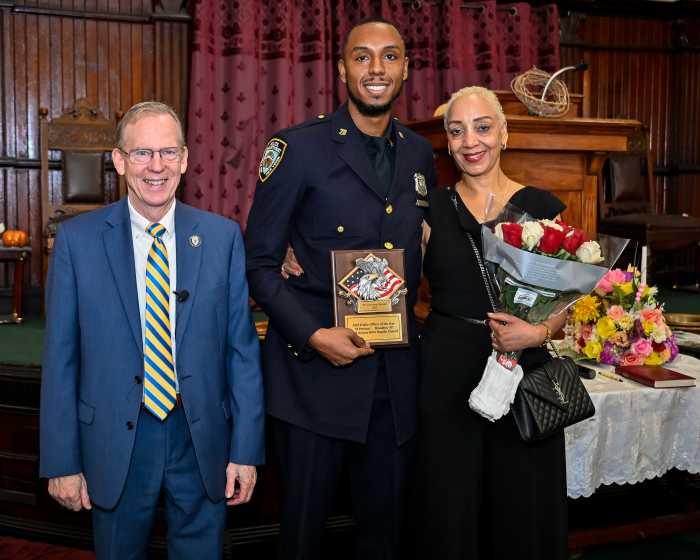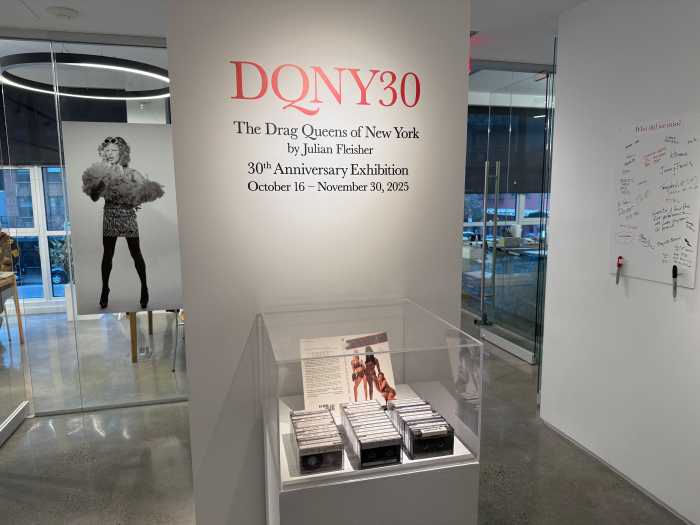With Earth Week just around the bend, “bike buses” are popping up on New York City’s streets to help bring students to and from school in an eco-friendly way.
The bike bus movement is certainly already past its training wheels stage and picking up more traction across New York City. A bike bus is a way for riders to get to school (or work) as a group via a bike or scooter. The whole point is to reclaim the streets and champion an alternative to cars.
Emily Stutts, a special education teacher at P.S. 372 The Children’s School in Gowanus, leads a bike bus route through Bergen Street in Brooklyn. Stutts shared her ideas at a recent presentation hosted by Kim Wiley-Schwartz, the Department of Transportation’s (DOT) assistant commissioner for education and outreach.
Stutts made a case to the DOT and requested more digital roadway signage, bike boulevards, more bike racks at schools, and a paired intervention with the School Streets Program.
The presentation touched upon multiple, active bike buses across the nation in cities such as Portland, San Francisco, Chicago, Providence and in other countries like Brazil, Germany, and Spain. The first bike bus in New York City last October brought newcomers and bike bus believers to the scene. The bike bus community has been encouraging more people to either join an active bike bus or form their own on more streets across the boroughs.
One street that’s already been scoped out for the past several months is Bergen Street, which is surrounded by dozens of schools and is a one-way stretch in Brooklyn that starts in the Ocean Hill neighborhood and zips through Crown Heights and Prospect Heights before reaching Cobble Hill near the waterfront. The five-mile Bergen Bike Bus route starts at 7 a.m. and ends at 7:55 a.m.; it has 10 drop-in points from Rockaway Avenue to Court Street.
“Families hop on and hop off at convenient points,” Stutts said.
There are also other routes coming to P.S. 372 from Park Slope and Red Hook neighborhoods.
Stutts drew inspiration from a mom in Oregon named Megan Ramey, who founded bikabout to inspire more people to pick up their bikes and explore bike-friendly spaces. Ramey also serves as a planning commissioner for the municipality of Hood River and organizes an open streets program in the area.
“It sparked something in me,” Stutts said. “I come from Bed-Stuy into Gowanus everyday and I see the same families along the way. It seemed like a missed opportunity.”
While Stutts has nothing against the subway, she said that her commute would be significantly longer if she opted to take the train.
She recalled how surprised she was to see the popularity of bike buses on the first Bike to School Day. Nearly 70 families showed up that morning.
“The night before, the sign up exploded,” Stutts said. “I think people see how easy it is to get around Brooklyn on a bike.”
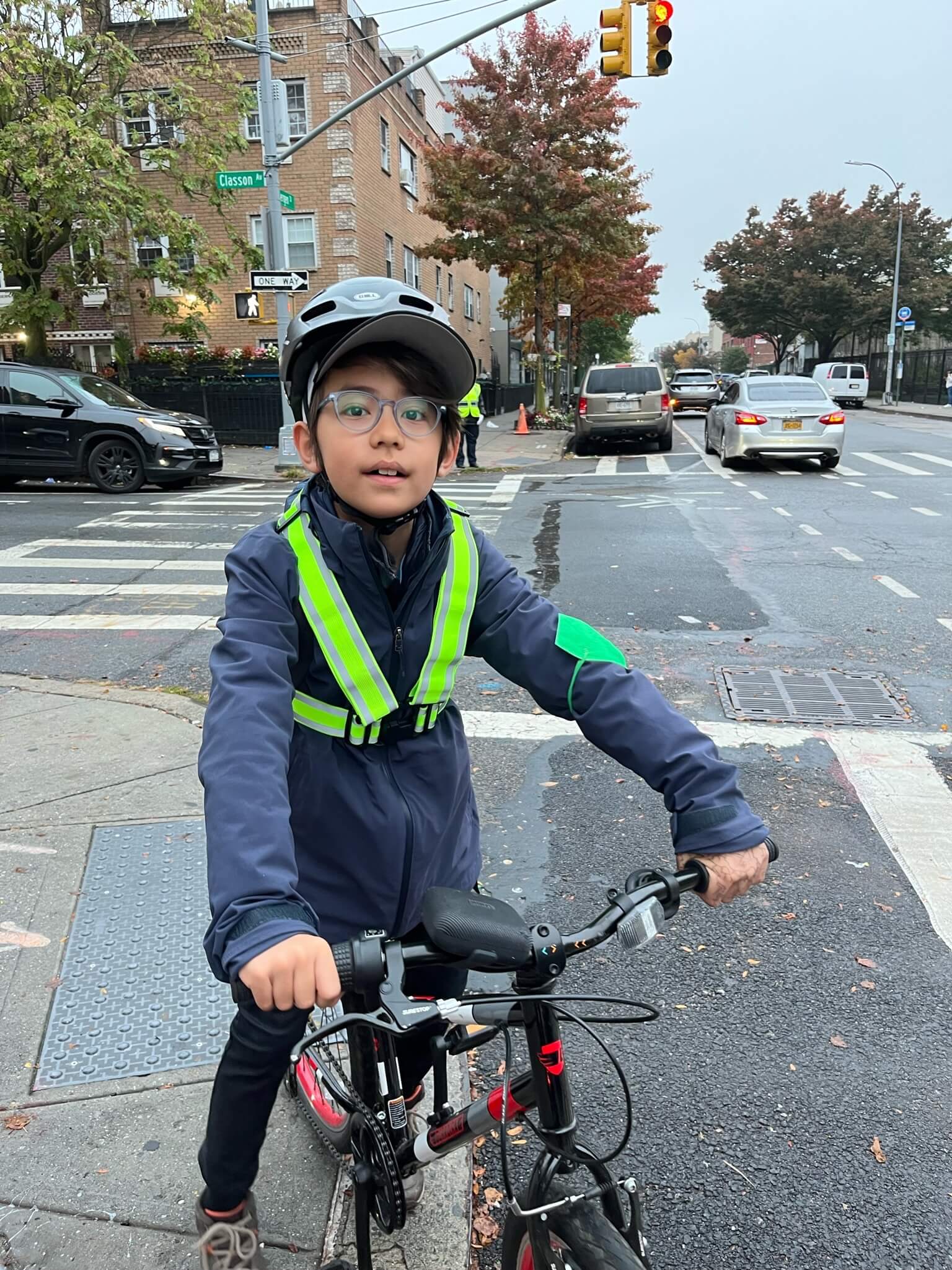
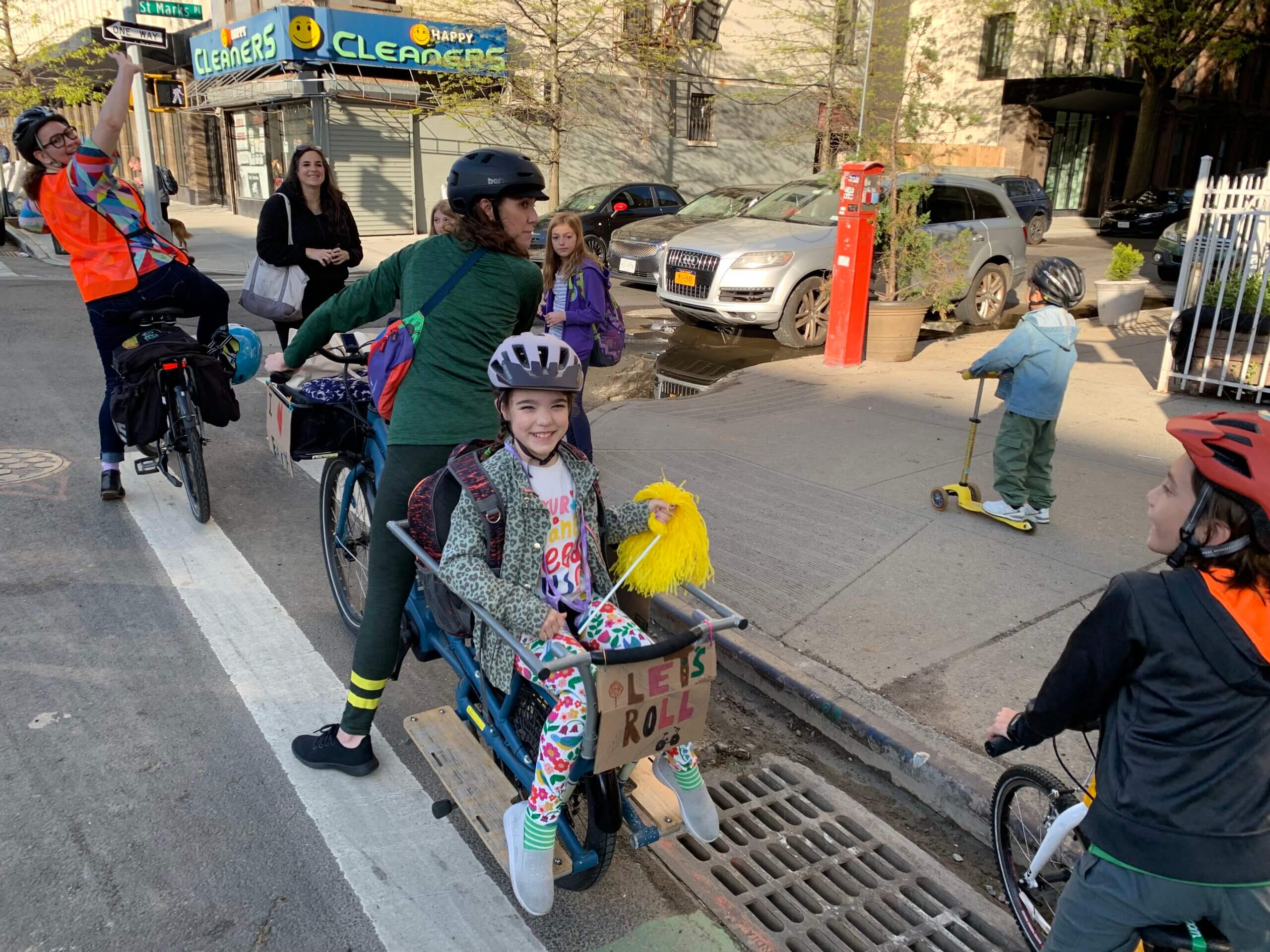
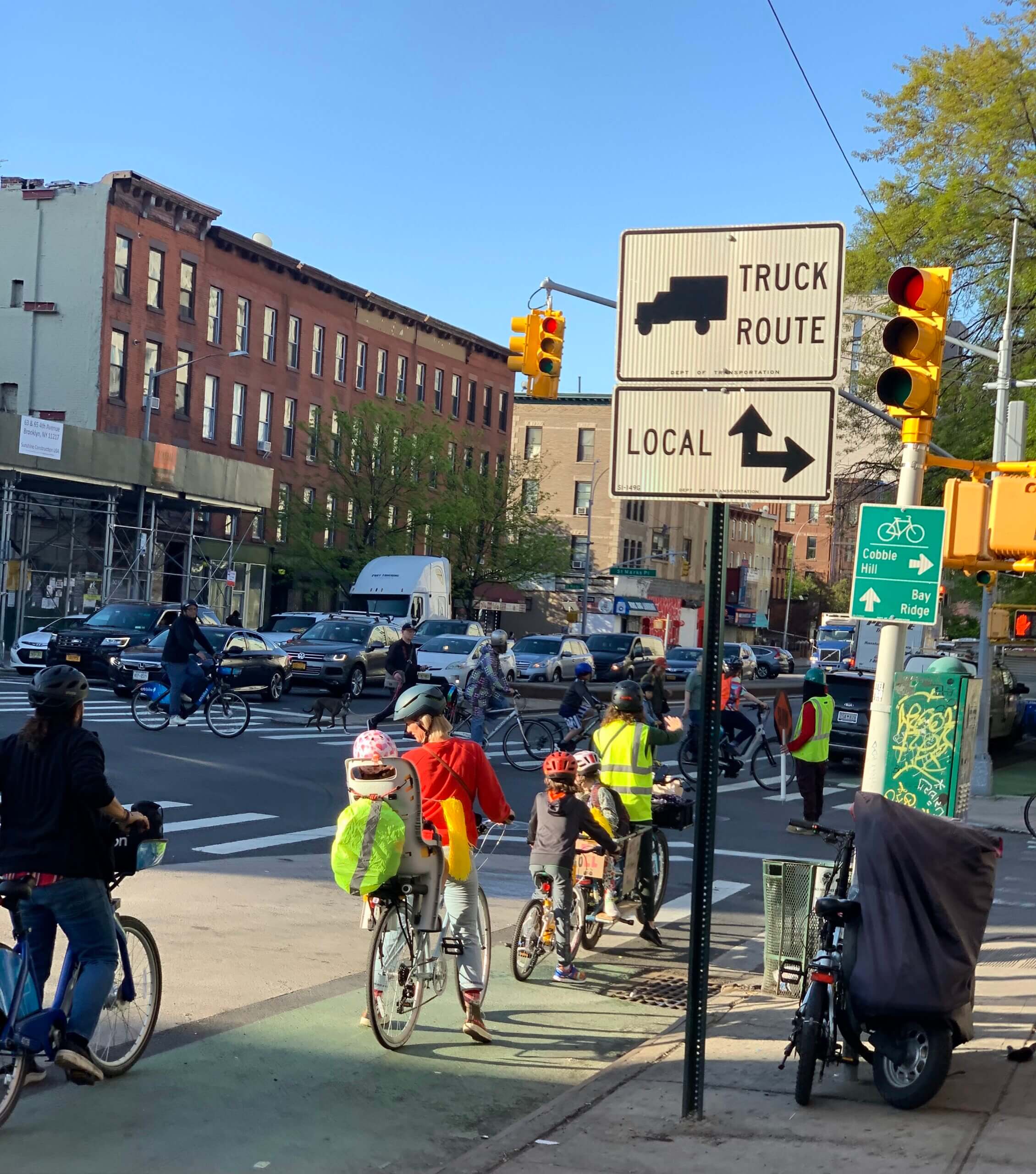
One thing was clear that day: the school would be needing many more bike racks.
“It was so cute to see the kids’ bikes lined up in the schoolyard,” Stutts added.
Stutts and other Brooklyn teachers and parents have been running weekly bike buses (the Bergen Bike Bus is every Wednesday). Many of the students at her school ride the school bus because it is a District 75 school for students in special education.
But bike buses might be tapping into something here: school readiness. How ready are they?
“They’re really ready for the school day,” Stutts said. “They have the wind in their face. It’s more than schlepping on the subway.”
Benjamin Healy and his 10-year-old son, Kenta Nakajima-Healy, are budding bike bus believers in Brooklyn. They’re first timers to bike buses but have already joined the Bergen Bike Bus route a half dozen times.
“It feels very empowering as a bicyclist to have some strength in numbers,” Healy said.
So naturally, Healy looped in his son, a 5th grader at The Brooklyn New School P.S. 146, in the hopes that one day, Kenta will bike on his own to school. For Kenta, it’s easy to see why bikes are better.
“Biking to places is a lot easier to do,” he said. “Bikes fit through smaller spaces, they’re better for the earth, and better for you.”
Of course biking through Brooklyn’s busy thoroughfares come with its risks, of which he has come to know well.
“Sometimes cars won’t pay attention to you or look down on you basically,” Nakajima-Healy said.
The best bike lanes are those that go beyond painted lanes and provide more impenetrable barriers between bike and humans, and cars and traffic.
“There are some places in New York that I like that have walls for the bike lane,” Nakajima-Healy said. “There’s a concrete wall blocking you.”
Stutts hopes that bike buses revolutionize school commutes for young people. She said even something as perceivably simple as walking to school could be a matter of life-or-death in New York City. Parents can also be culprits in the race to get their children to school on time.
“I really see cars as a danger to children trying to get to and from school,” Stutts said. “You see parents cutting people off because they want to drop their kid at the front door of the school.”
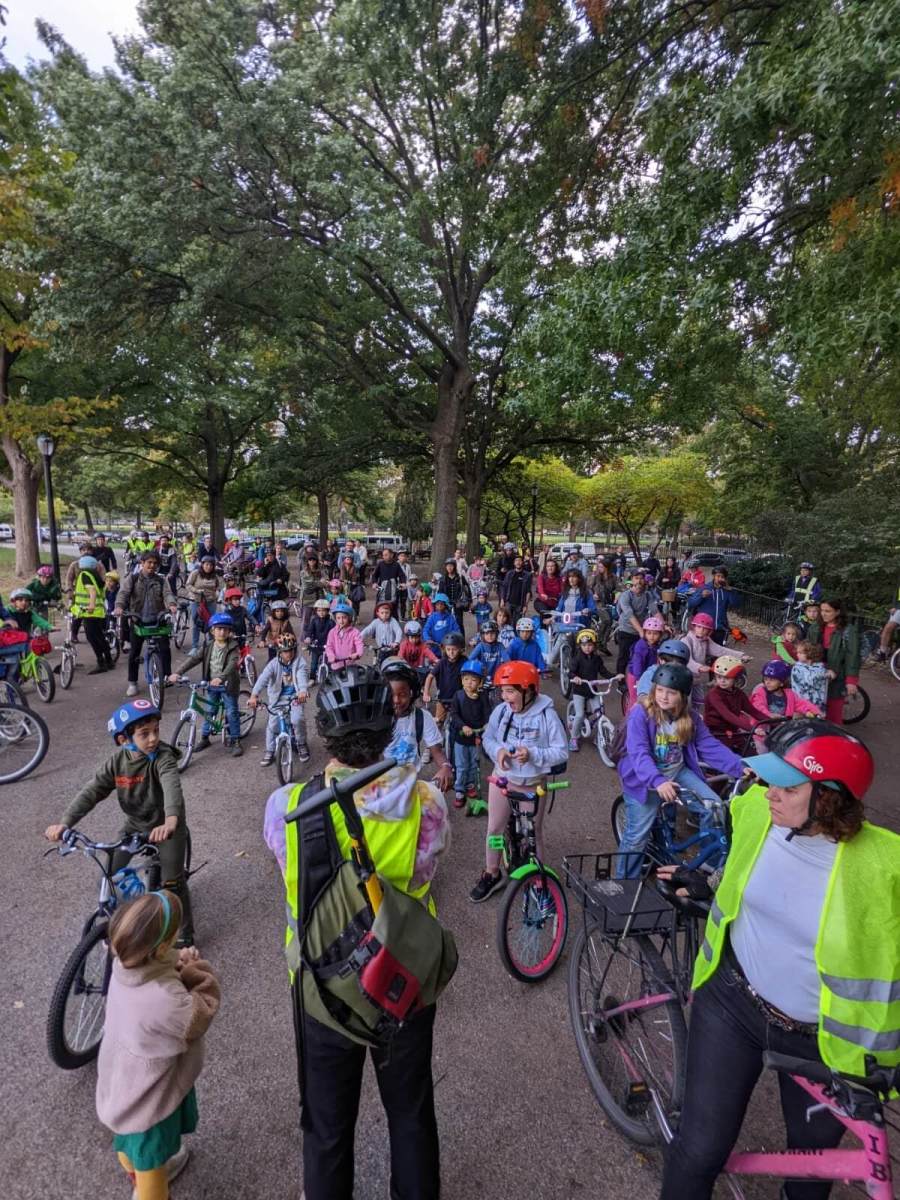
While there aren’t any bike buses going from school back home, Stutts said planning after-school bike buses is more challenging since people have such varied plans once the bell rings.
A majority of the families and educators who have expressed interest in bike buses are based on Brooklyn. Only a couple of people in Manhattan’s Upper West Side have reached out.
While Nakajima-Healy believes “bikes are better,” he isn’t totally with the car-free movement that advocates for reclaiming streets from cars.
”I’m not totally on the idea of completely car-free streets,” Nakajima-Healy said. “I think we do need them in some senses, like for heavy weather and large loads.”
His father joked, “You heard that coming from a boy who has had to bike in the rain. A lot.”
Healy said it’ll be a while before he is comfortable with Kenta biking on his own to school. He pointed to the need for more designates bike lanes. Stutts said before bike buses can really take off, the city needs to step up to promote safer commuting options.
“It’s really about making spaces for kids,” Stutts said. “There are other places in the world where kids can be more independent and social and they don’t have to experience the world from a backseat of the car.”
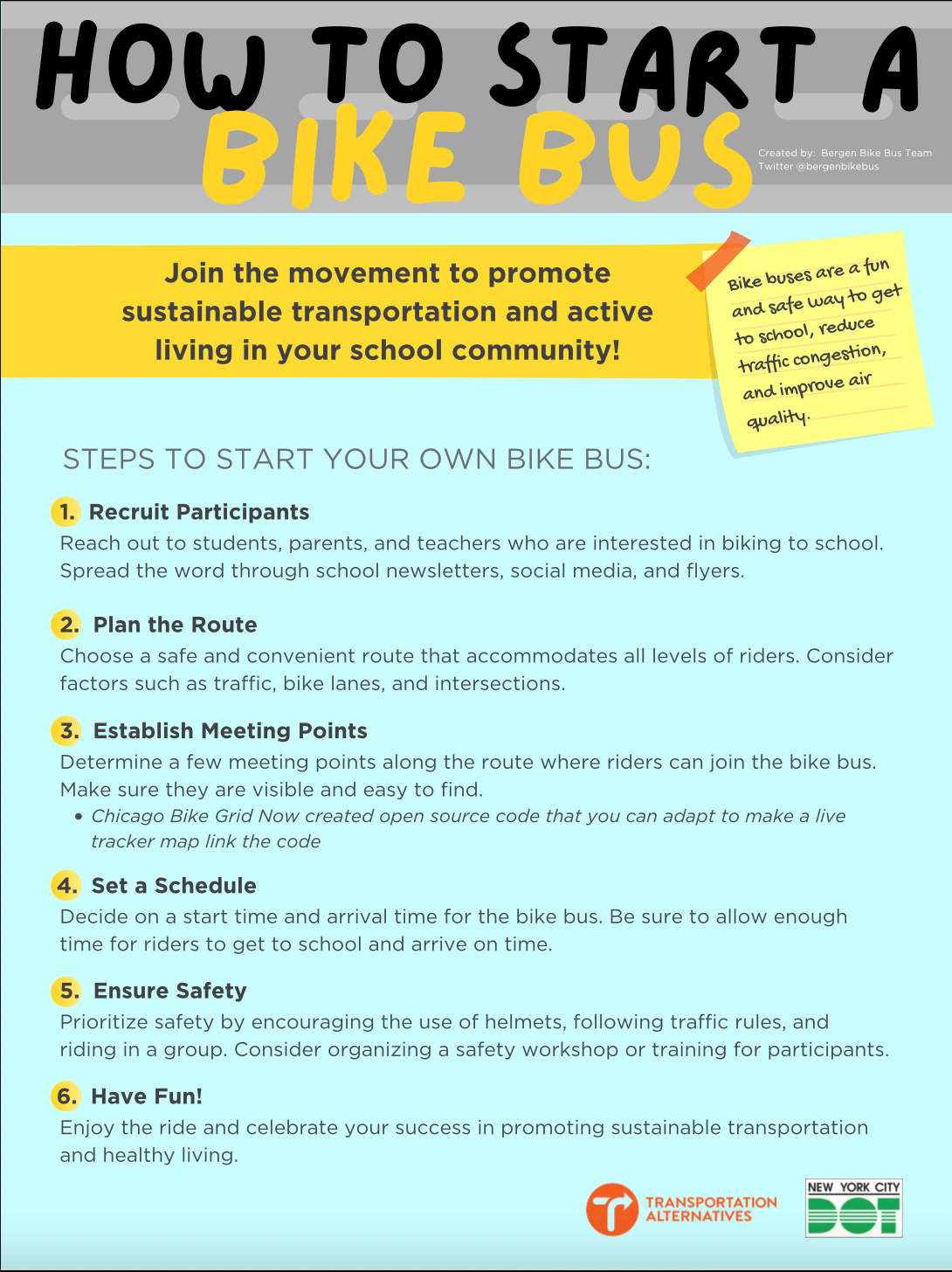
Read more: NY Assembly guarantees abortion pill access
